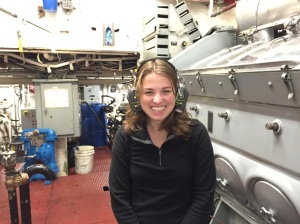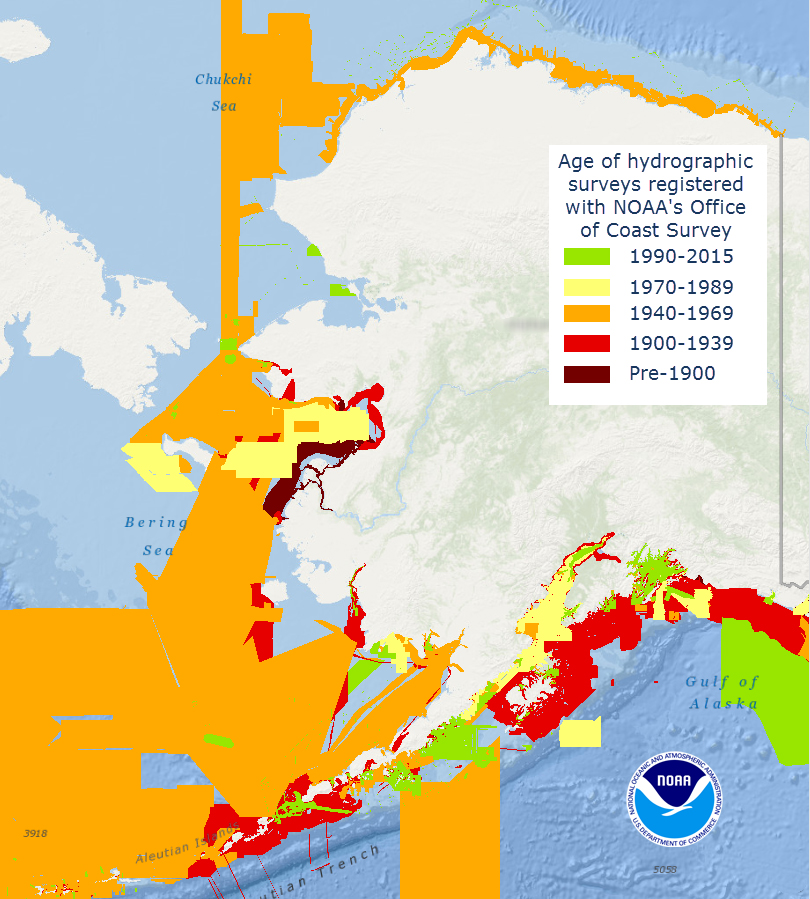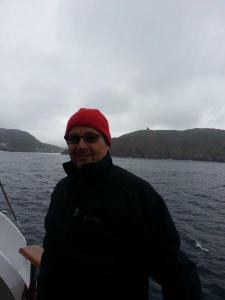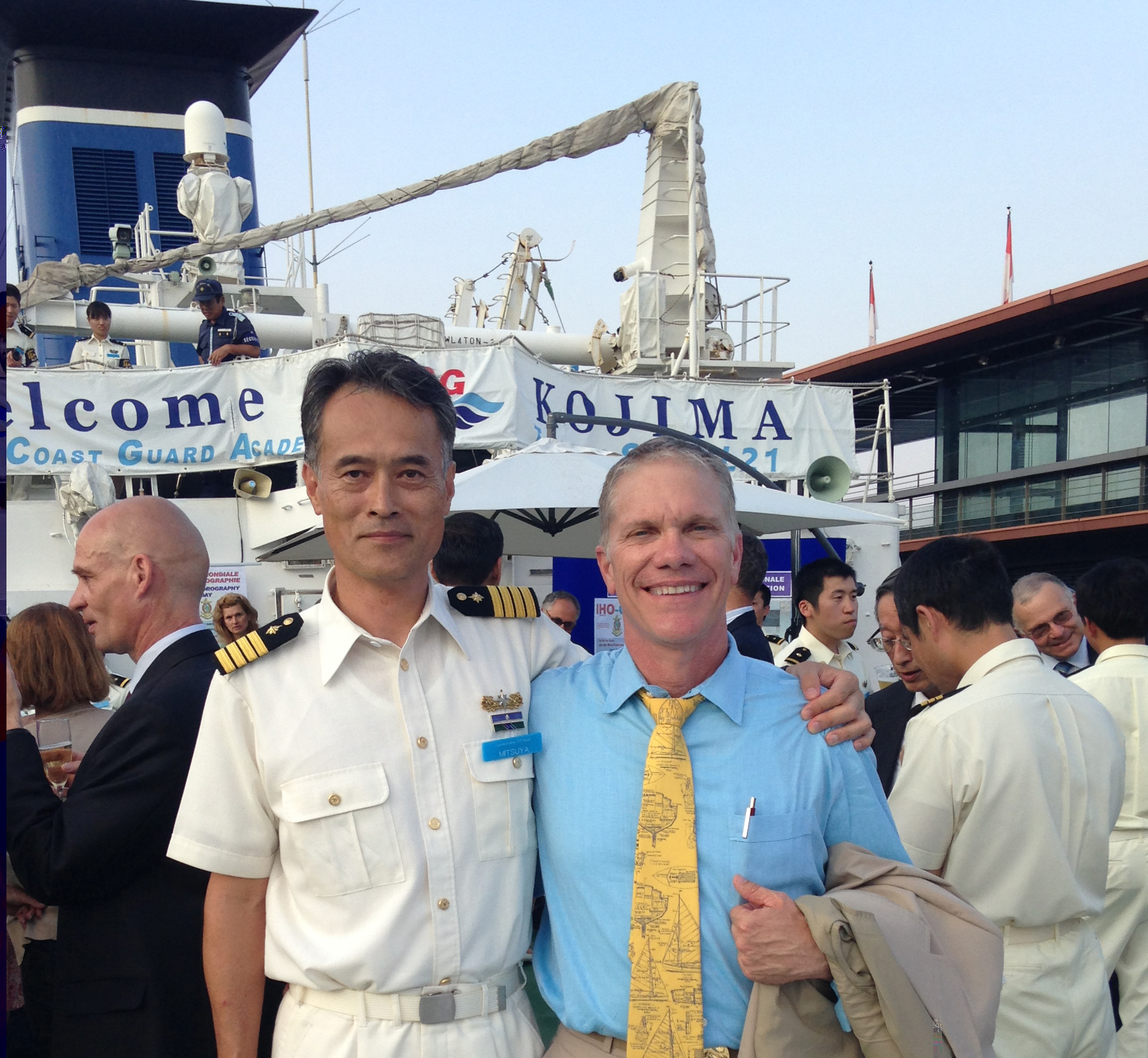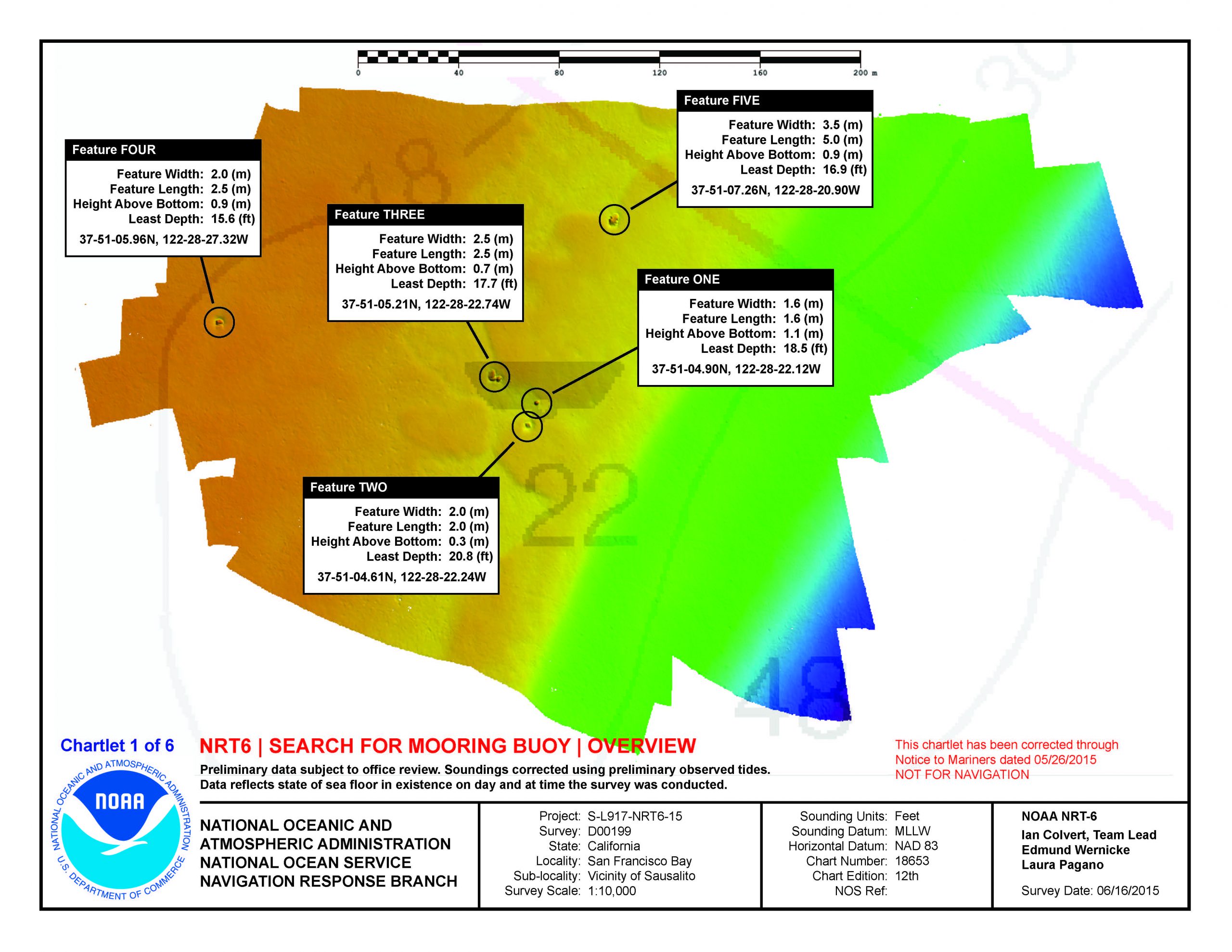By Edward Owens
In a previous post, Edward shared his initial experience on board the Canadian Coast Guard vessel Louis S. St-Laurent as they traveled from Halifax, Canada, toward Tromsø, Norway. Today, he provides an update as well as a look at some of the features they found on the seafloor along the way.

It is a Sunday and our transit across the Atlantic on board Canadian Coast Guard vessel Louis S. St-Laurent is nearly complete. We’ll arrive in Tromsø, Norway, on Tuesday morning where we’ll rendezvous with a pilot boat to complete the final leg of our internationally coordinated hydrographic mission, as the latest contribution to the Galway Statement on Atlantic Ocean Cooperation.
Continue reading “Coast Survey participates in international Arctic survey project – Part 2”

